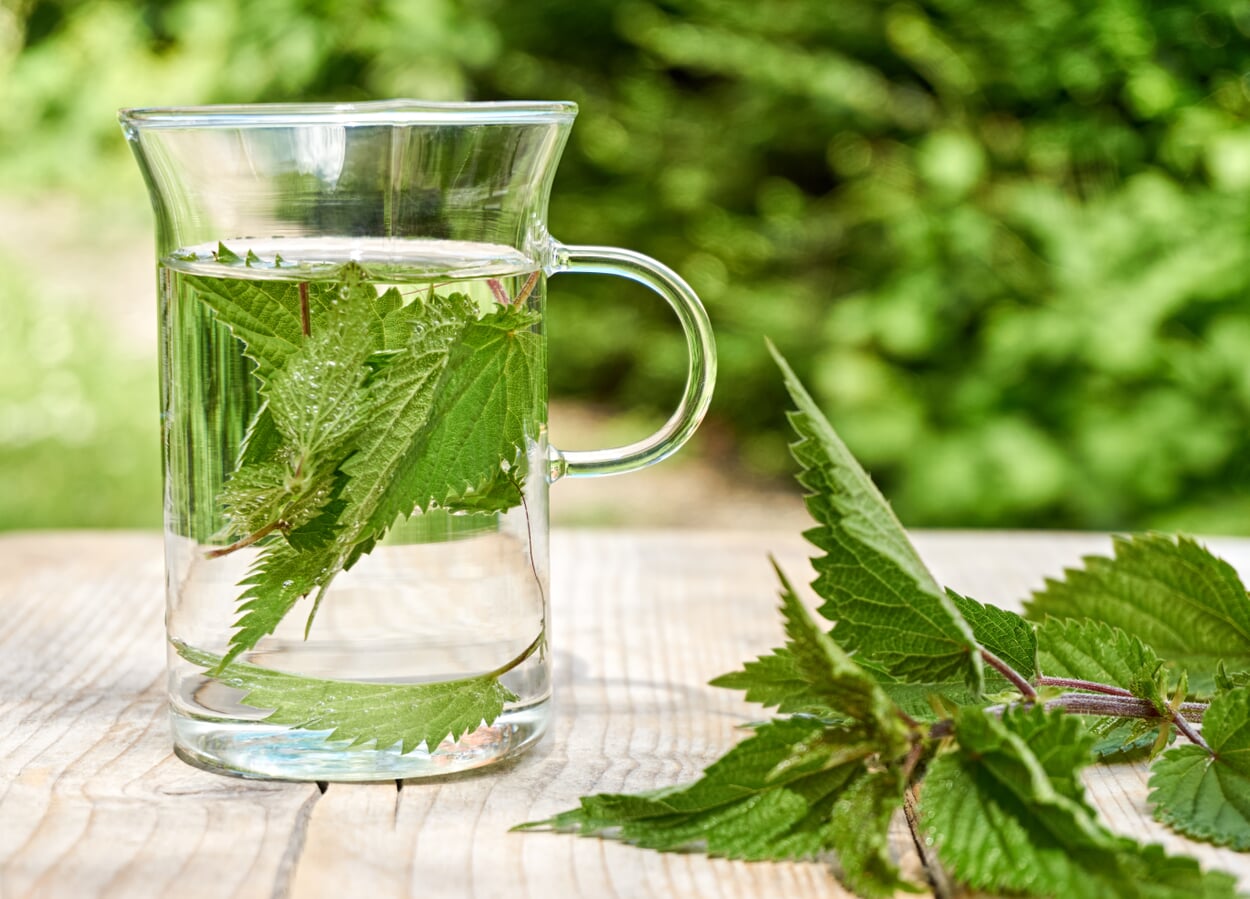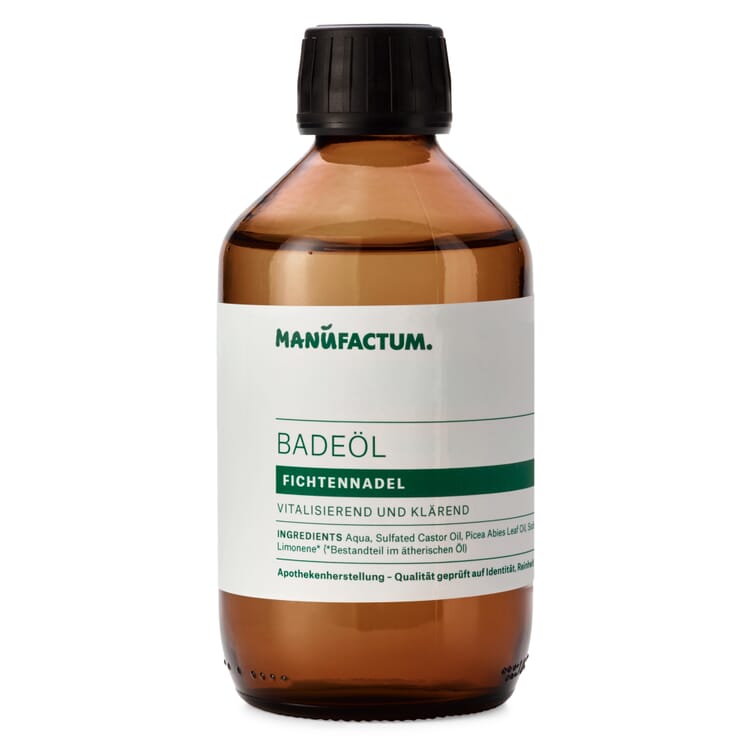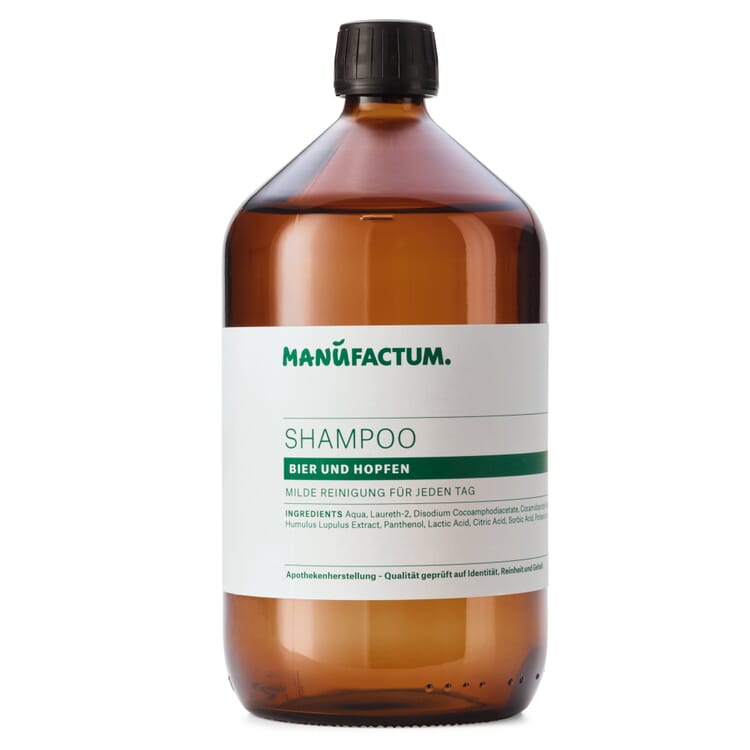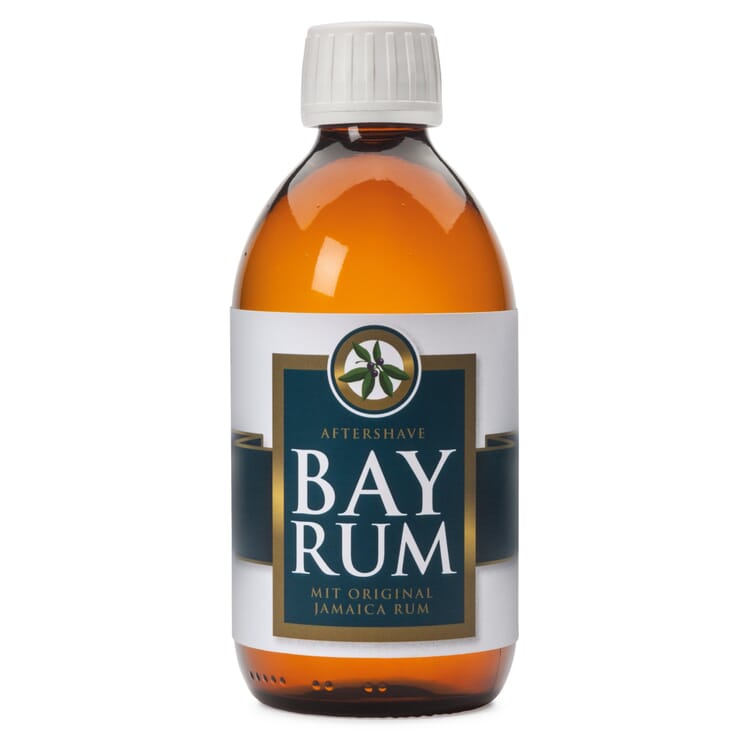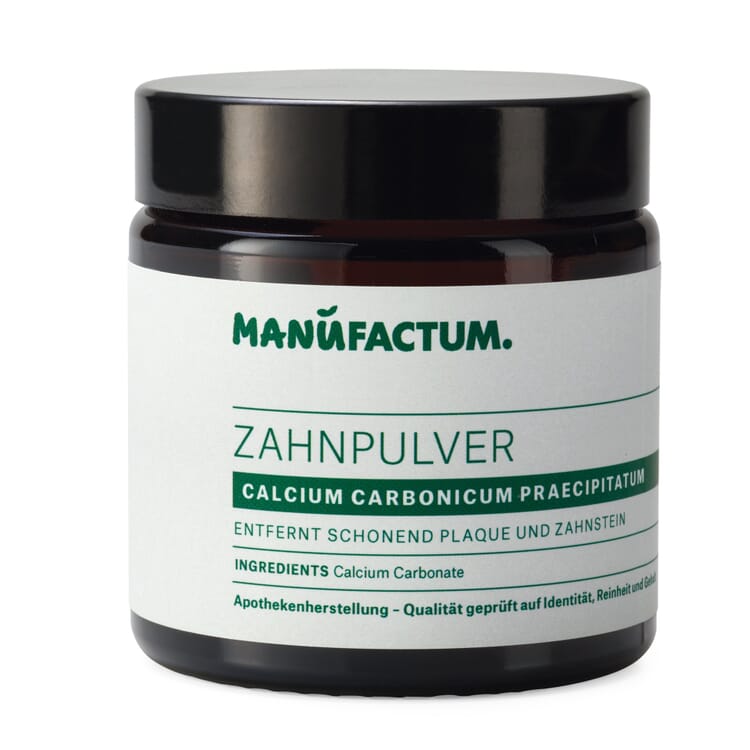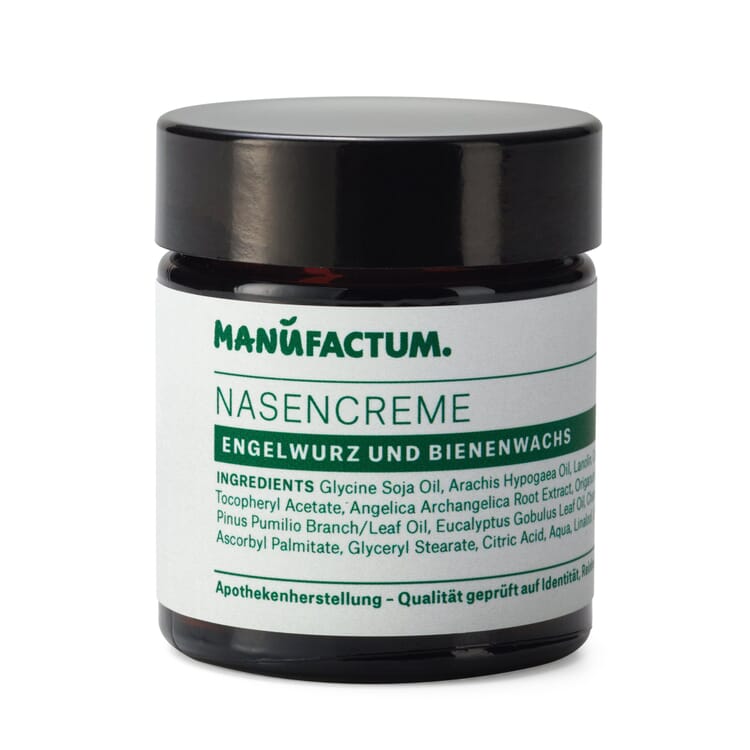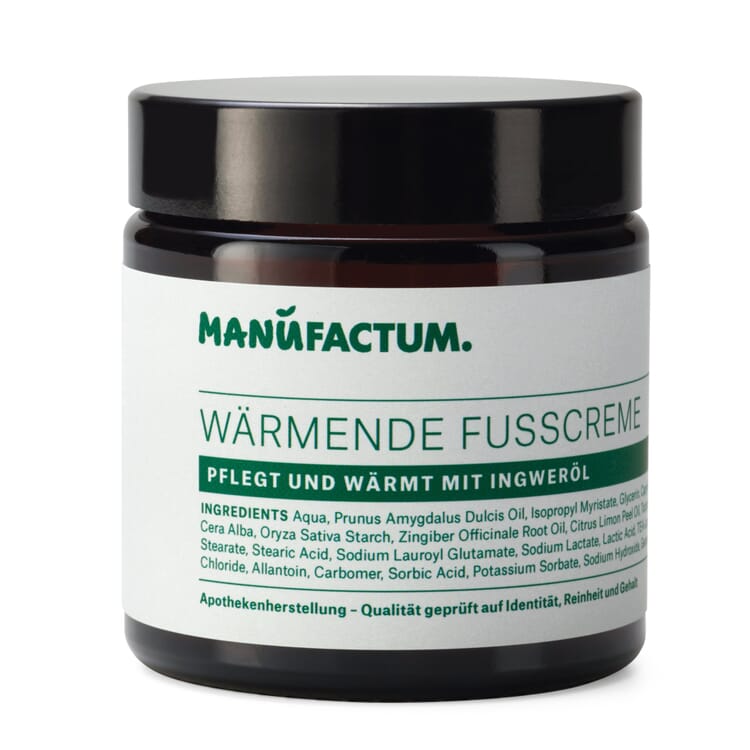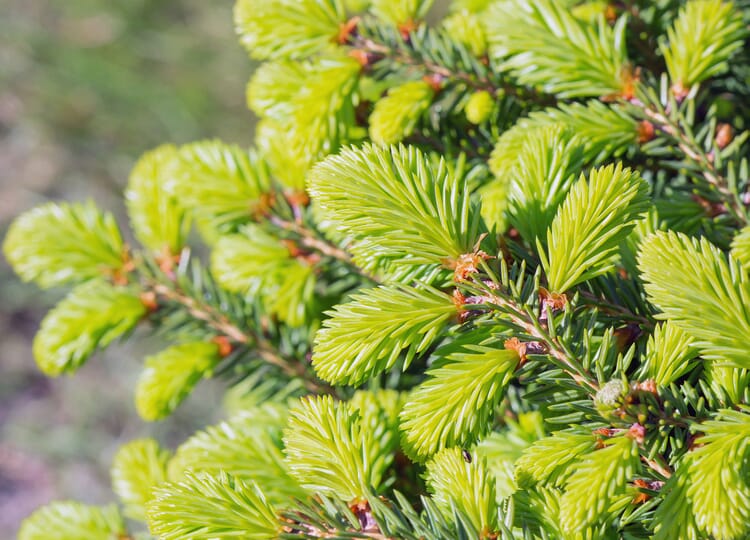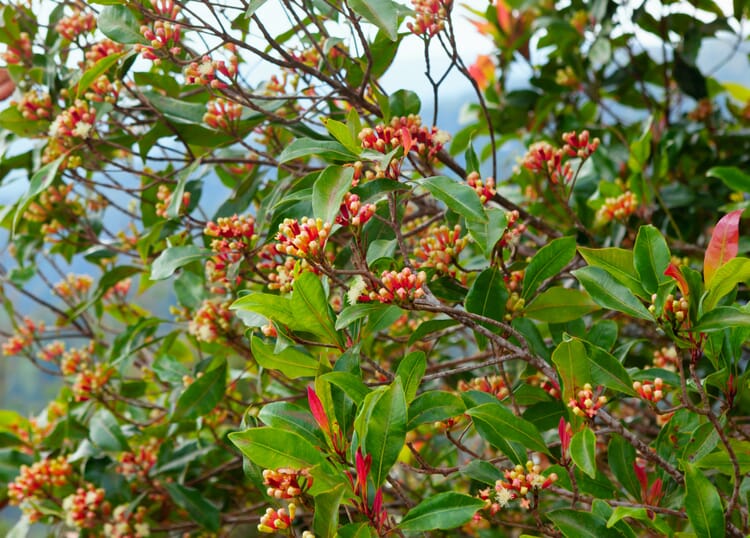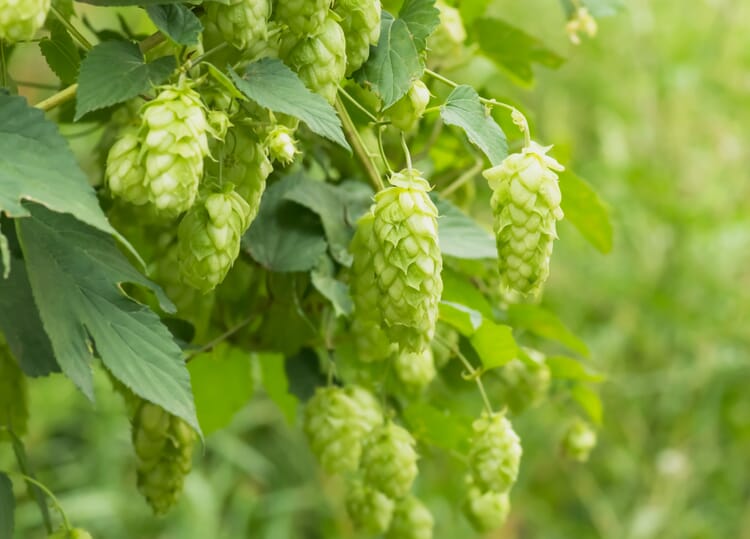Medicinal plants A|B|C
Common Nettle (Urtica dioica L.)
Stinging nettles are unmistakable because of their stinging hairs - as early as the Middle Ages, a botanist joked: "The stinging nettle is the only plant you can recognize even at night." The great stinging nettle is perennial and reproduces essentially vegetatively by runners. The plant is dioecious, which means that there are male and female specimens - so if you want to collect nettle seeds, for example, you will only find them in the female plants.
Origin and cultivation.
The stinging nettle is originally at home in riparian forests and along streams. Because it thrives in locations with a high nutrient content, it is now found almost everywhere where people in temperate climates provide well-fertilized soils. The fact that it often even forms stands facilitates poaching. However, the nettle is also cultivated commercially. While in the past its properties as a fiber plant were valued (for the production of nettle cloth), today the focus is more on the beneficial ingredients of the leaves.
Ingredients.
The common nettle (medicinal plant of the year 1996) gets the body going: it stimulates the metabolism and promotes blood circulation, its high potassium content has a strong diuretic effect. The ingredients of the nettle also have an anti-inflammatory effect, which is why meat, fish and butter used to be wrapped in large nettle leaves to keep these foods fresh for longer. The active ingredients of the stinging nettle root have very different properties from those of the leaves: among other things, they influence the testosterone balance in humans.
Use of the nettle.
- The leaves are approved as a herbal medicine for muscle or joint pain and for flushing the urinary tract. A positive effect in rheumatic diseases has also been noted. Nettle leaves are also used in cooking: as tasty spinach, in soups, smoothies, etc., and as an ingredient in tea blends
- The roots contain active substances that act on testosterone in the human body. For this reason, nettle root is used in hair tonics: Men with high testosterone levels often suffer from hormone-related hair loss; nettle root extract can slow down this process
- The seeds, like the leaves, are very rich in minerals and vitamins and are used in cooking as a "superfood".
- In addition to the large stinging nettle, there is also the small stinging nettle (Urtica urens) in this country. While the greater stinging nettle usually forms dense stands through runner formation, the lesser stinging nettle grows singly, for example in the middle of the garden bed, and stings even more painfully than its big sister
- The caterpillars of many butterfly species, for example lesser fox and peacock butterfly, feed on stinging nettle leaves. A small corner with nettle in the garden supports them.
Exclusive Manufactum body care products
Recommended Topics
Free-standing spruces grow 30 to 40 meters high, in dense stands they even stretch to 60 meters. Their sharp, piercing needles sit on small stems, and the hanging cones fall to the ground as "fir cones" in the fall. The spruce was named Tree of the Year 2017 because it does not tolerate a lack of water or waterlogging. It will therefore not cope well with the expected climatic changes - Germany's most common tree species could soon become rare.
View moreThe evergreen clove tree is a child of the tropics; heat and humidity of up to 100 percent are just right for the tree, which can grow to about 12 meters high and 130 years old. Its dried flower buds are used as a spice and also as a remedy; because they resemble small nails in shape, they used to be called "little nails." The power of the medicinal plant of the year 2010 can be easily tested: if you bite on a clove, you will feel a burning sensation on your tongue and the slight anesthesia.
View moreThe hemp plant is one of the few climbing plants whose tendrils wind clockwise (seen from above). North of the Alps, hops were cultivated in monasteries as a potent seasoning and preservative from the 8th century at the latest. Its breakthrough came with the Bavarian Purity Law of 1516, which ensured that beer could only be preserved with hops. Other beer ingredients, such as the psychoactive henbane, have since become a thing of the past.
View more


